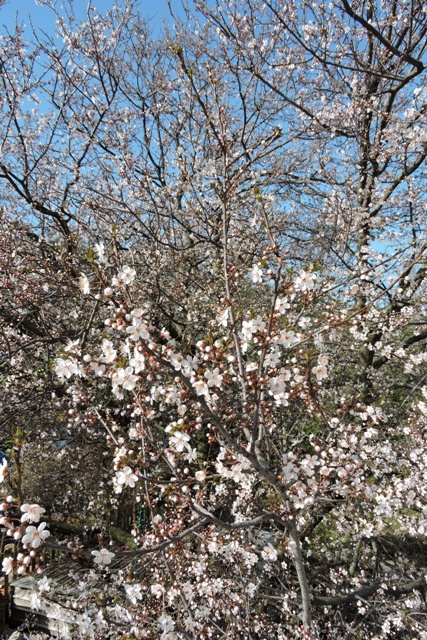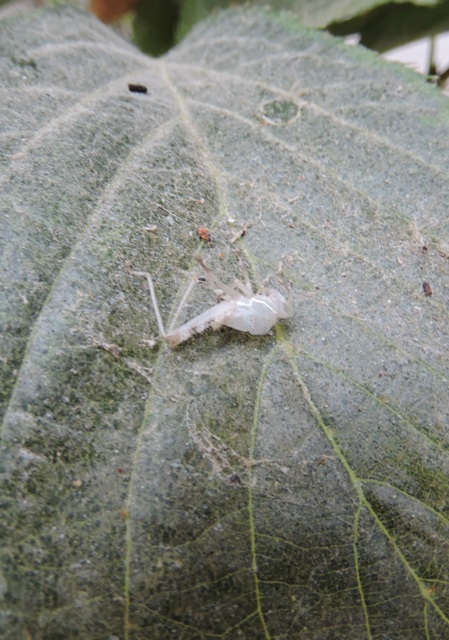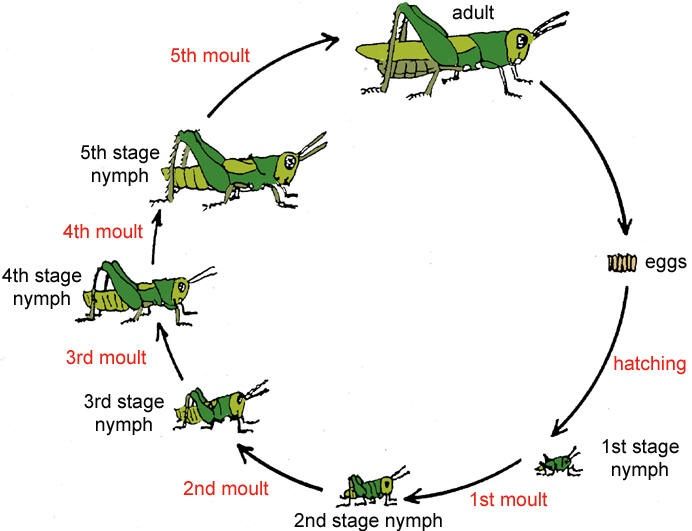The Curious Cases of Rutherford and Fry
This week: The Curious Cases of Rutherford and Fry; Plum duff; Flutes of the florest; Beneficent bugs; The felines at 1; Looking back;

I’ve got a syndrome! I always wanted one and I’ve had one this since I was in Abu Dhabi.
The consultant Orthopaedic Surgeon I saw at the polyclinic said I was incorrigible, inoperable, irascible, irreparable, or some such similar term. Anyway, I still have it.
Don’t laugh, but it is known as “Washerwoman’s Sprain”, technically De Quervain’s Syndrome or tenosynovitis.
This is a swelling and inflammation of the tendons or tendon sheaths that run through the wrist and move the thumb outward.
In 1895, a Swiss surgeon, Fritz de Quervain, published five case reports of patients with a tender, thickened first dorsal compartment at the wrist.
The condition has subsequently borne his name, De Quervain tenosynovitis. So at least I have someone I can blame!
It is in my right hand and has been coming on again for a couple of weeks while I have been dismantling the wall in the pantry.
I have always been ambidextrous, with depending what I am doing, favouring marginally my left hand.
I remember being at school and being forced to write with my right hand, which I was never very good at. At least that was my excuse.
Just typing this on the keyboard, I have realised that I am using all the digits on my left hand and just the index finger of my right hand.
So generally I tend to use things like drills and machinery with my left hand. Even so, sometimes you cannot get into a corner and have to use the other hand.
Being the sensible person that I am, I have been resting my wrist this week, because the larger tools need both hands to operate them.
I have to say that even after a week of rest, I can still feel some pain in the wrist joint though.
Still no rain
We have had no rain again in Dol.
On Saturday morning I was watching an approaching storm from the south on the weather radar.

In the distance was the ruble of thunder and I even sent an email to local friends suggesting they bring their dry washing in.
Then I realised the sound of thunder had ceased. A quick check of the weather radar showed that the storm was not going to cross the high hilly backbone of the island and had been deflected to the west.
We really do need some rain!

We are still a little above the average temperature for this time of year, but nothing like how far outside the norm we were last month. How far we are below the average rainfall is not a pretty chart…

The Curious Cases of Rutherford and Fry –
What is the point of wasps?
I was filling the watering can on Monday evening at the courtyard tap, ready to water some of the shrubs in the orchard, when I saw a wasp fly in front of me and into the end of my hose sprayer.
It emerged moments later and flew off, then it was back again in a minute or two.
This wasn’t one of the thread-waisted wasps that I know build nests inside hollow tubes, but a big orange variety.

I tapped the spray nozzle on the wood and three stunned caterpillars fell out. The washer on the end broke and fell off! It had gone brittle in the sunshine.
I moved the nozzle and watched as the wasp came back and tried to find its nest.
Then I immediately felt guilty having deprived the wasp of its nesting space, so went and got a piece of copper pipe. As I picked it up, I saw it had already been occupied at one end.

I have thought about building an insect hotel, it is just another of those “little jobs” that needs some time and effort to execute.

What the wasp did remind me of was a programme on the radio this week hosted by Doctor’s Adam Rutherford and Hannah Fry about wasps.
We have a lot of wasps around Dol. They provide entertainment for the felines, but I hadn’t realised just how much of a friend wasps are to gardeners and horticulturists.
Between them they remove literally millions of pests from every garden and orchard.
The wasp’s family include the striped black and yellow variety which are known to sting, but just watching this big solitary species of wasp bring several paralysed caterpillars to put in the tube to feed it’s young made me realise what work they do.
Around my home every year a variety of wasp builds small, conical nests, suspended from any suitable perch. These are never very large nests with probably only fifty to seventy five individual cells for their grubs.

I always leave them if I possibly can, again my “live and let live” policy. If you don’t bother me, I’ll not bother you!
Now I know more about the secretive life of wasps, I’ll regard them much more as a friendly species than one who is trying to sting me, to be swatted away.
The programme is available on BBC sounds and is worth listening to if you missed it. It could be 45 minutes well spent….
Plum duff
For a non native British English speaker, talking about “plum duff” may raise a quizzical eyebrow.
British English is full of terms which mean almost nothing, even to native English speakers from other continents.
There are lots of phrases in English which describe something so quintessentially English (not British), which really cannot be translated and has to be experienced.
Plum duff is one of them. The plum bit may be understood, but “duff”?
It isn’t helped by the fact that the word ‘duff’ on its own means broken or not working, as in “It was duff when I got it out of the box”.
In that sense the word “duff” is slang. But “plum duff” in culinary terms is a pudding with added currents and raisins. Currents, raisins and sultanas are all varieties of dried plum.
Duff is thought to be the old northern English pronunciation for dough.
This week I have been harvesting the crop of this year’s red cherry plums. The 2021 crop I think, is the best crop I have ever had.

Considering the weather we have had it is surprising. But then the tree is old and very deep rooted so will be able to draw moisture from deep in the bedrock which underlies my land.
The fruit are round, fat and juicy. They are ready to eat straight from the treee, but after giving a lot away, the remainder that I picked have been processed to preserve them for the winter.
You can use plums to make Cobblers and Pies, Tarts and Flans or have stewed fruit on muesli for breakfast.
Epicurious has put together a list of 21 favourites plum recipes from around the world.
Flutes of the florist
I picked several plastic bags of plums and took them round for neighbours, to return the favour of things they have shared with me.
While I was picking, and it was almost all from ground level despite the tree being 10 or more metres tall, I was joind by my family of blackbirds.
Mum and two of this years fledglings were in the top of the tree taking the ripe fruit, straight from the branches. They were also squawking a lot, probably about me taking “their” fruit.
It makes a change though, because usually they are stealing grapes…
In the spring I took several photographs of leaves and blossom developing on the tree.

Annoyingly the branch that I took such care to photograph back then, has no fruit on it, despite all the blossom.

The Golden Oriole also like plums, although they seem to prefer my yellow plums. I wonder if it is easier for them to see the yellow fruit?
The cherry plums are a dark purple black colour and are under the bronze leaves of the tree, so are less easy to see until you get under the canopy.

I have processed several batches of plums, using glass jars to vacuum seal and preserve them for the coming winter.

This variety of plum’s stones are attached to the flesh inside and being small, they are difficult to de-stone.
I want to keep some pulp for making Galettes later in the year, so I also used a sieve and the ladle to separate the stones from the flesh.

This was a messy and time consuming job, because the stones had to be individually removed from the sieve. However it has left a very nice fruit pulp behind and a lot of stones for the compost heap.
Next up for harvesting will be the Passionfruit.

Beneficent bugs
The bugs are everywhere, except in the bed, thankfully!
This spring I planted out a Sloe tree in the courtyard, of the Shropshire Damson variety. It seems to have taken well and has grown a number of new shoots.
In the spring I soaked all the fruit trees in the courtyard with a soapy water spray to prevent aphids attaching the new, tender shoots.
It seemed to have worked until I noticed this week that one of leaves on a new shoot on the Sloe had been eaten back to a skeleton by some black aphids.

When I got the sprayer out to soak everything again, I saw that there was a much larger insect, probably 5 mm in length, which was enjoying breakfasting on the aphids.
So I put the soap water sprayer back in the cupboard.

I have a very deliberate policy of not spraying anything, except with soapy water. But when there are natural predators present, so much the better and I leave them alone.
It really goes back to what Doctor’s Rutherford and Fry were talking about on Monday.
What I did see this week was a grasshopper nymph moulting on a leaf.

By the time I had collected my camera, all that was left was the exoskeleton. The nymph was gone, well hidden somewhere on the tree.

Insect life abounds around my home, but a lot of the time, they are completely invisible, except to the most observant.
The felines at 1
It is hard to believe that a year has passed since I was present when several of the kittens were born.

Although we have lost two of the litter of six over the course of the year and their Mum Isabjela disappeared one November night, never to be seen again, the four remaining are now healthy, thriving teenagers.

This week Pongo brought a bird home. This is the first bird that to my knowledge, any of them have caught.
There have been lots of grasshoppers and other bugs but nothing feathered.
It was very recently deceased and I took it to my ornithologist neighbour Steve, to identify.
He identified it as a warbler of one of a handful of the warbler species that are here.

After consulting an expert, Steve said it is an adult female Sardinian Warbler, Curruca melanocephala.
I am really ignorant when it comes to identifying birds.
Quite often I see a bird, but other than some of the larger species which I know well, I am unable to say what it is.
I had to find a recording so I knew what the Sardinian Warbler’s call is like.
The male is quite striking with a coal black head.

I must admit that if I had seen one (which I may, or may not have) I would have said it was probably a Black cap, Svlvia atricapilla.
It doesn’t help that my book of Mediterranean Birds lists no less than 21 different Warbler species which can be found across the Mediterranean Basin.
It is in the nature of felines to hunt, no matter how well fed they are, but generally once they reach two human years, they tend to be less active.

On the plus side, to have gone a year and only caught one bird between the four youngsters is probably good going… NCG
Looking back – Week 28
This is the weekly section, with links to past issues of the blog.
2014/20 Am I becoming frustrated?! No. Well not much

2015/20 Even the weeds are wilting!

2016/20 Some progress at last

2017/20 Thriving on neglect

2018/20 Counting teeth

2019/20 A plum job

2020/20 The Posse Cometātūs

One Response
John Bailey
Looks like the consultant Orthopaedic Surgeon is describing you as an incorrigible rogue.He has obviously sussed you out😁
Like you we are going through a heatwave at the moment but not as severe as yourself. Sounds like you are desperate for rain.
Very interesting read on Wasps. I didn’t realise they did so much good.
Let’s hope your wrist settles down soon.
John.